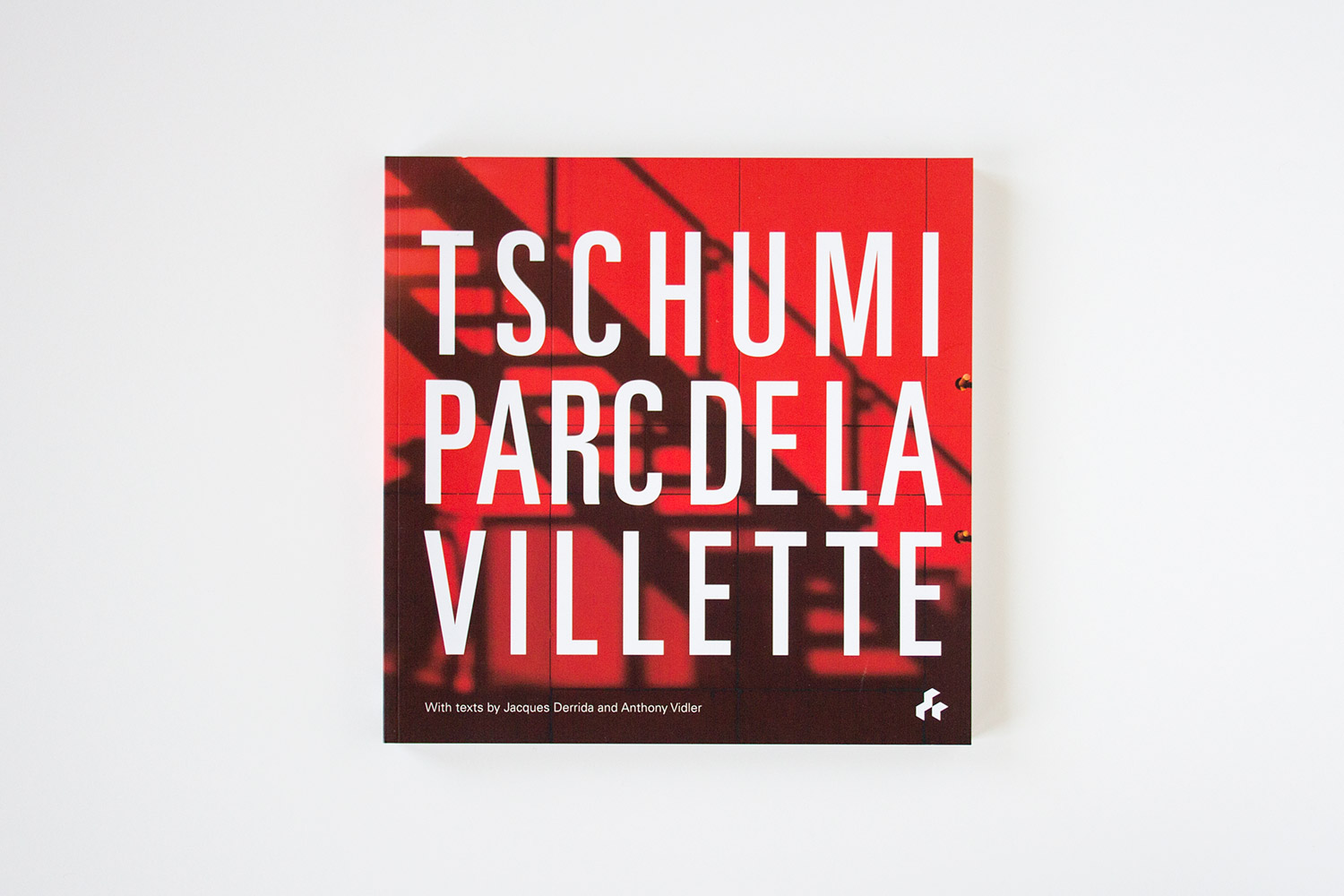






Simultaneous Interpretation is an ongoing publication and perpetual draft. This book consists of 400 pages to be filled over time with short essays and studio experiments that (at its starting point) situate the practice of simultaneous interpretation within the fields of design and publishing, and vice versa. The book is an exercise in improvisation and, in emulation of the work of the simultaneous interpreter, is made public from the start, without knowing exactly how it will develop.


'The essay as forms of rewriting' is an English translation of a French-language essay by Mireille Calle-Gruber. It is also a mutable digital text that explores translation practice as the production of endless multiples. Readers are invited to click on any blue text to view and select from various possible translations of key phrases. The project includes a live archive of every unique permutation of the text that has been generated, of which there are 18,874,368 possibilities.
Project developed in collaboration with translators Caroline Rabourdin and Sophie Lewis and funded by Arts Council England. Site developed by Julia Novitch and Alejandro Bellón Ample.







Storyboards, acting as printed artifacts of motion graphics pieces that will never be made, provide the basis for a series of A2 posters and the cover of an A5 program booklet related to a symposium exploring the urban essay film.
Client: UCL Urban Lab



Multi-functional signboard, meeting point, and kiosk designed for events taking place at Alexandra Road Estate in London. Made from powder-coated steel and marine plywood, with reconfigurable box trays and magnetic panels.
+Partners for Alexandra Road Projects




Tote and postcard with graphical interpretation of terrace and staircase railings at Alexandra Road Estate in London (architect: Neave Brown; completed 1978). Sold to benefit community projects.
+Partners for Friends of Alexandra Road Park









Slippage along and movement across axes—in exploration of three ‘edge locations’ represented at a multidisciplinary conference—provide the basis for a visual identity applied to a poster, website, and program booklets.
Client: UCL Urban Lab, Folkestone Triennial, and others


Slippage along and movement across axes—in exploration of three ‘edge locations’ represented at a multidisciplinary conference—provide the basis for a visual identity applied to a poster, website, and program booklets.
Client: UCL Urban Lab, Folkestone Triennial, and others


Wedding announcement filed as advertising space in Bulletins of the Serving Library #12 according to their standard template (with a complimentary upgrade to 20% black ink). Shown here alongside a vacuum cleaner purchased with a House of Fraser gift card that was supposed to be used to buy a sterling silver wedding announcement frame.


Visual system and print collateral (including A4 folder, program guide, ID badges, and stickers) for an architecture conference.
Client: Kent School of Architecture


Poster and micro-site for an architecture conference.
Client: Harvard Graduate School of Design



Visual identity, letterhead, and landing page for the architecture curating and editing collaboration Point Line Projects.





The first retail project from Dowland, selling only one product at a time, in limited quantities, alongside a conflicting parallel narrative. The shop exists both online and in real space (shown here as a pop-up in NYC menswear store C’H’C’M).
See also: shop.dowland.us, Interview with Matt Olson (RO/LU)







Excerpted writings from the full MFA thesis book (Draft of a Diagram for a Satellite), redesigned as a second "draft" and featuring notes by David Reinfurt typeset alongside the original text.








The two TYLR block shapes exhibit a structural openness that lures the builder into an active and creative pursuit of more “closed” or “complete” states through addition, subtraction, and manipulation. The blocks teach basic principles of construction, mathematics, balance, and volume. Their simplicity allows them to adapt limitlessly to the builder’s imagination. Materials include wood, plastic, lucite, felt, rubber, cork, and ceramic. Mixing blocks of different materials teaches principles of texture, pattern, harmony, and friction.
TYLR blocks pack neatly in layers of 14 blocks (7 of each shape).
See also: tylrblocks.com














See also: +Partners, licclocktower.org
Letterpress printing generously donated by Wasp Print (Brooklyn, NY).





Full MFA thesis book containing research, writing, interviews, and multidisciplinary design projects centered on the concept of the self-derived design culture.



Personalized “habit” or uniform, expressing values of self-sufficiency (designed and produced independently), self-education, economy, simplicity, flexibility/scalability, modularity, craftsmanship, and collapse of production (muslin as both sampling and production material).
The collection of self-produced clothing includes a craftsman’s apron, casual shorts, an apron-pocket t-shirt, a tank top, and a vest. (Because muslin is not a stretch fabric, zippers are sewn into the left side seams of the tank top and vest to make them easier to put on and take off.) A tailor, working from provided sketches, constructed the suit jacket and trouser shorts.


Ongoing exploration of sound through the lens of design practice, beginning with the construction of a collapsed environment that serves simultaneously as a residency site, workplace, and musical instrument. The intersection of design and sound is investigated through physical manipulation of the scaffolding-as-instrument, as well as its use in the production of various sonic, musical, and video compositions.




Wearable home for land–water–land travel, in emulation of a traditional Chilean process of house-moving that relies on the coordination and mobilization of a larger community “coming together for good” (minga, translated roughly). Shown here is documentation of the minga transported between two cities: New Haven, CT, and Edinburgh, UK.


Exploration of the diagrammatic possibilities of sound and video.





Ready-made small-scale fabric architecture exploring functions of social concealment and revelation. Fabric panels expressing different techno-material qualities are modular and interconnectable. Each panel, digitally printed on cotton, measures 100" × 100".






Handmade in NYC
Italian wool flannel and silk faille
$125.00 each
For sale at Project No. 8 Sold out